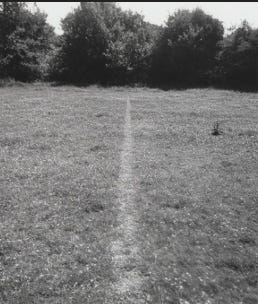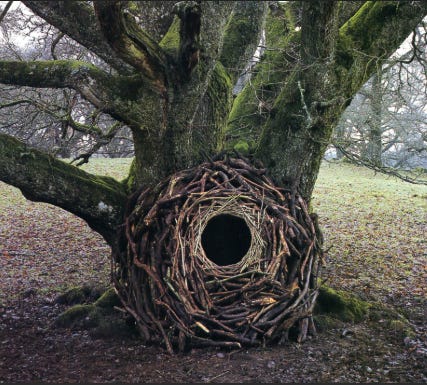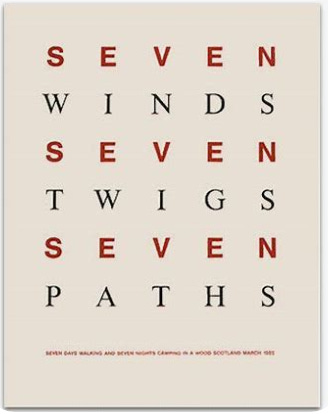Sketchbook Challenge 5. Consolidate.
Now is the time to reflect upon the work you have done. Spend some time considering your observations – notes, sketches, photos and thoughts. Have they inspired you to create a masterpiece or two?
Make notes in your sketchbook about further development you have in mind, compositions from your sketches or areas for deeper research. It doesn't matter if you don't make the work now, but it is important to record your ideas for future projects.
Your list should be something like this -
Idea(s) for resolved work.
Looser concepts for further development.
Subjects that warrant further research.
As we discussed in class, my personal projects include painting a skull with berries and mistletoe that were in the woods by the Crooked Mile. I want to develop something using the geometry of tractor tram lines (surprisingly difficult to draw accurately!) not sure how that will go yet, and my ideas for further research are 'The Old Straight Track',(Alfred Watkins, 1925), because of the 'tracks' in my sketches and 'The Golden Bough', JR Frazer, 1890), because of the Mistletoe. That should keep me busy for a while and demonstrates the diverse directions a simple walk can take your creative thinking.
Have you considered making art installations outdoors, perhaps on your walking route or in your garden. Artists have been using natural materials to create works of art for millennia – why not you?
Here follows a list of land/walking artists you might like to research -

Long's work focuses on the impact of man on the landscape. Here he has made a line from walking repeatedly along the same path. His walks became more elaborate and his later works were often made from rocks and minerals (sand, mud etc) Many of his later works are lists and paragraphs recording his thoughts while walking.
Here is a short film about him and his work:
Andy Goldsworthy, image of one of many tree sculptures. He makes work from natural objects and strives to make no lasting impact on the environment. He arranges leaves, twigs, rocks, pinecones, ice etc to create temporary installations for walkers to find.
Fulton records his thoughts and experiences while walking. He uses text, photography and mark making in various combinations but his process is to simply walk.




